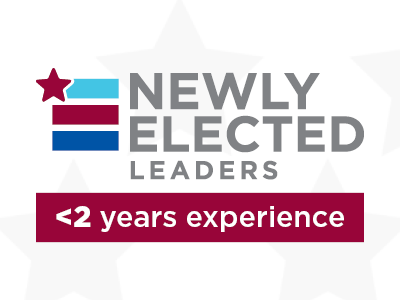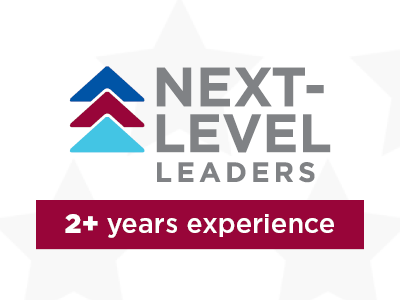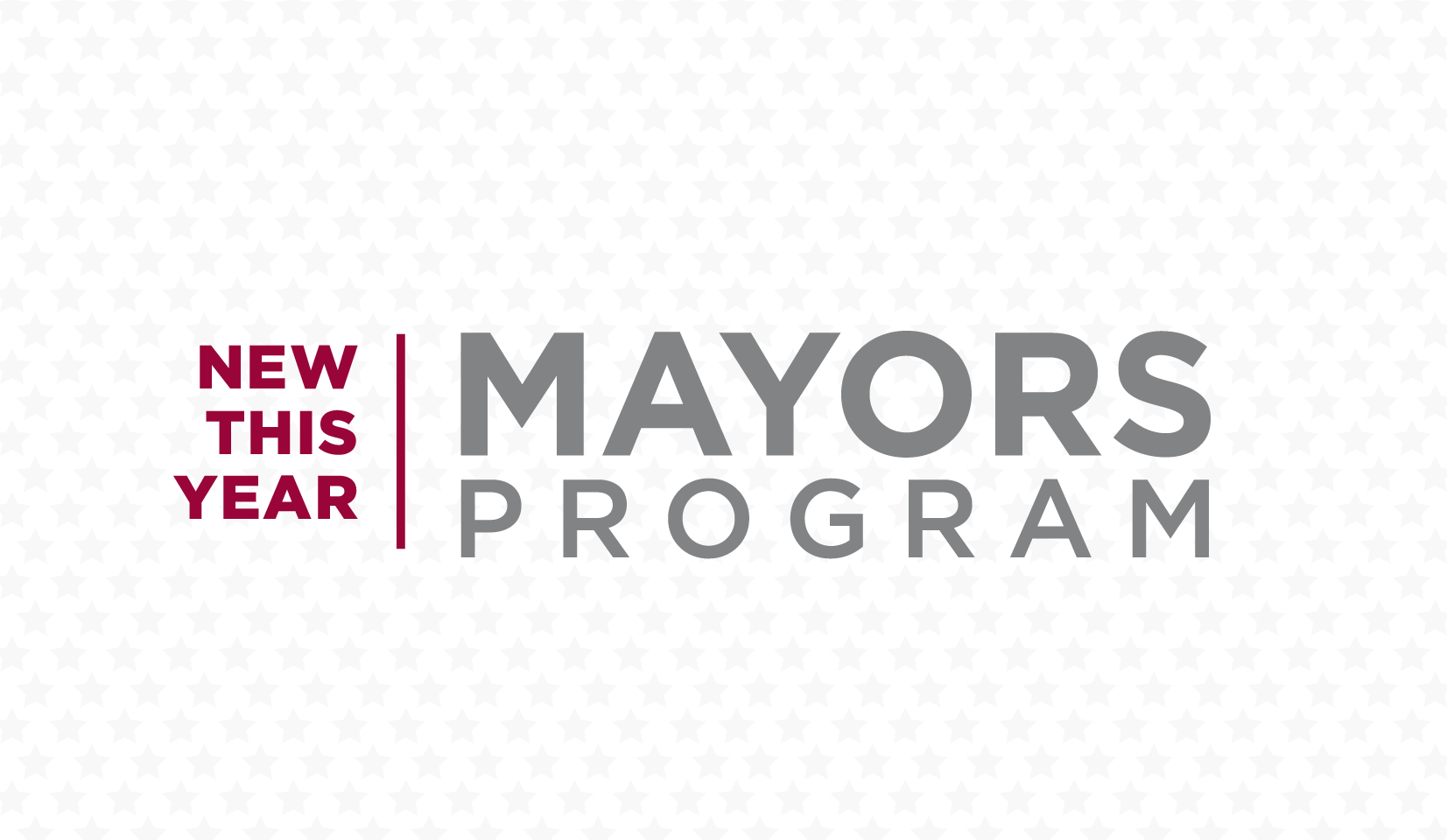Demographic change can create challenges for cities and may influence what city services are provided and how they are delivered. Here you’ll find information and resources to help city officials and staff understand and respond to demographic changes in their communities. The State Demographic Center website features data for city, township, and county populations, as well as redistricting data. Additional data from the 2020 Census will roll out over the coming months.
2020 Census
A key source of demographic data is the U.S. census.
See the most recent census data available (choose “Places” to see city data)
City-specific demographics
Curious what the current demographic trends are in your city?
Explore Census and American Community Survey data available for your city
Population growth
Minnesota is a growing state—the state demographer forecasts steady population growth through 2060. But this growth is not even throughout the state. Whether a particular city faces population growth, stability, or loss, population shifts bring a variety of challenges that city officials should explore and proactively address.
The aging population
Minnesotans over the age of 65 are a rapidly growing population group, expected to double over the next 25 years. This will have dramatic effects on city services and communities overall as the aging Baby Boomer generation increasingly counts on cities, counties, and nonprofits to provide transportation, crime prevention, emergency response services, and general support.
Younger generations
Younger generations want to be involved, but in different ways than previous generations. Attracting these new generations to city service requires reintroducing them to city government and the opportunities it holds for building personal skills and making a difference.
Immigration and diversity
Cities across the state are becoming more diverse. Going forward, the state’s BIPOC population is projected to grow significantly in the coming years. Increased diversity, especially when related to immigration, can mean an increase in the number of languages spoken in a community. In addition to language barriers, cities may also see challenges related to expectations of government and officials based on immigrants’ past experiences with different types of governments. Cities also need to think about providing services in an equitable way to people of all races and nationalities.



